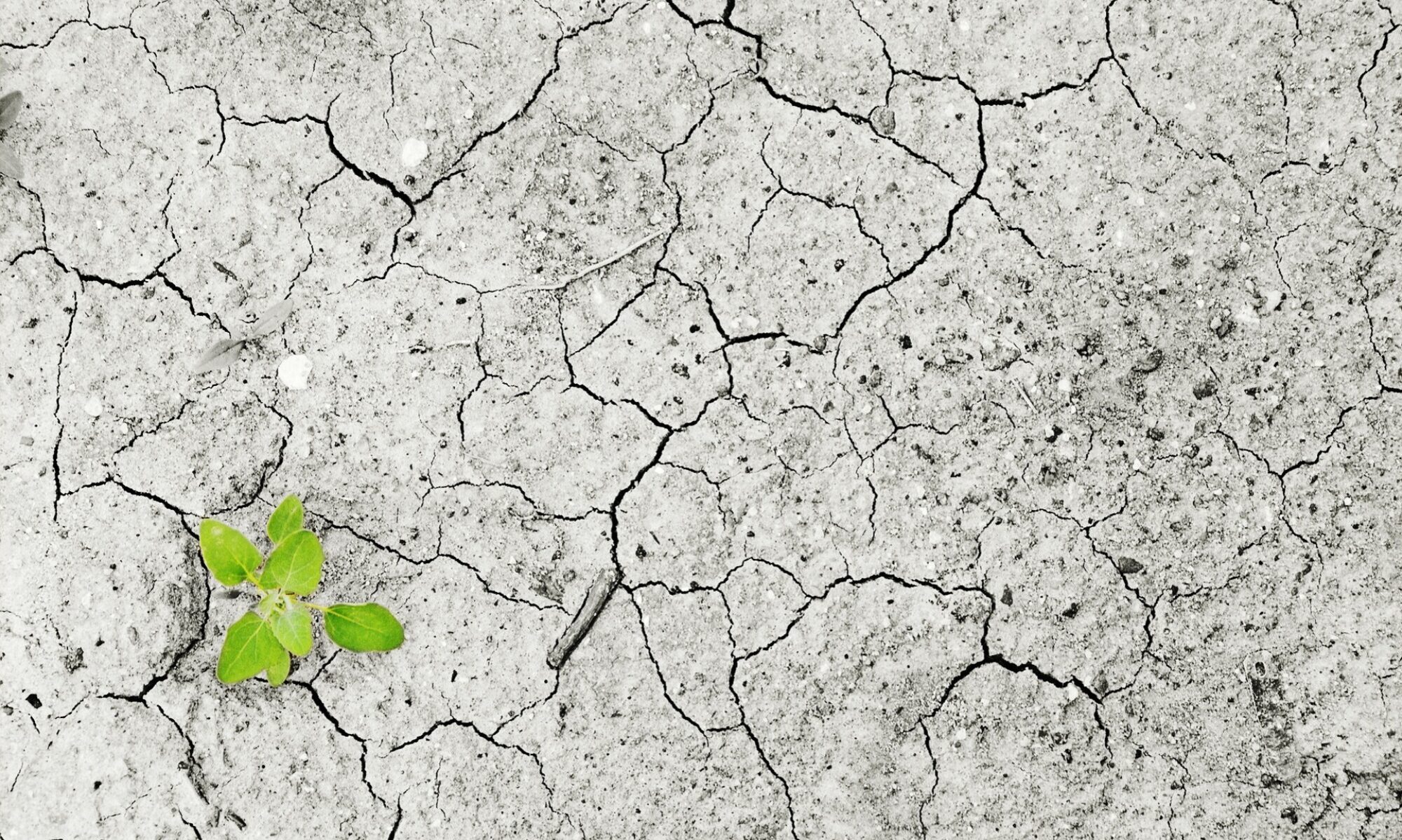21 June 2021 – by Atoosa Gitiforoz
Refugee shelters are being destroyed as rains begin in Sudan. Thousands of Ethiopians fleeing violence in Tigray over the past few months have found themselves facing extreme weather conditions, from scorching heat to long rains.
Climate change is responsible for the unpredictable rainfall and high temperatures across Sudan’s arid and semi-arid areas. Sudan’s already vulnerable position has made combating climate change in the country difficult; conflict, poverty and displacement limit potential investment into climate mitigation or adaptation efforts.
Heavy rains and flooding is not new to Sudan’s refugee population; last year hundreds of thousands of people were affected, which included refugees and internally displaced people.
The Sudanese government, the World Food Programme (WFP) and UN organisations (United Nations Development Programme), have made efforts to address the energy needs of refugees by creating sustainable conditions. For example, energy saving stoves and solar panels have been implemented to improve conditions for refugees. Plant drought-resistant plants are also providing food and greenery.
Despite such adaptation efforts, Sudan’s vulnerable position makes climate mitigation difficult. Preventative measures to protect refugees from further displacement and suffering are necessary to shield refugees from future floods and other climate disasters. Climate mitigation may only be possible in Sudan if vulnerability factors such as conflict and poverty are addressed, too.



